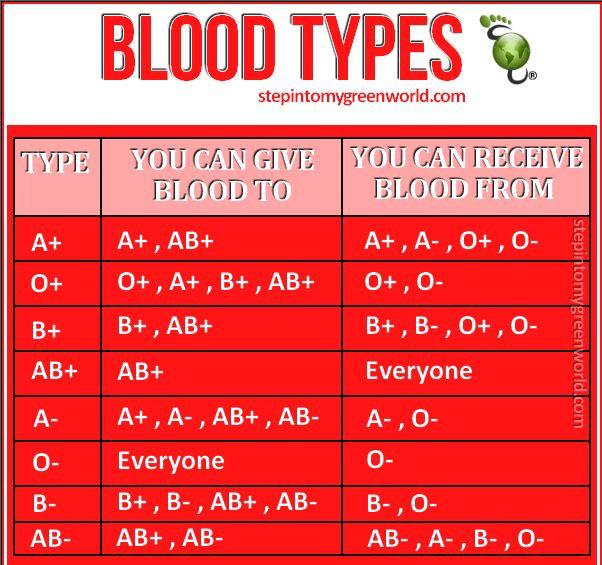
There are four major blood groups: A, B, AB and O. The ABO system is based on the presence or absence of antigens on the surface of red blood cells. If a person has an A antigen on their red blood cells then they have type A blood. If a person has both an A and B antigen then they have type AB blood. If a person has neither A nor B antigens then they have type O blood. There are also two Rh factors: positive (+) and negative (-). The Rh factor is determined by the presence or absence of Rh proteins on the surface of red blood cells. When you give blood, you will be asked if you know your blood group and whether or not you are Rh positive or negative. Blood groups are determined by the presence of specific antigens. For example, group A has A antigen and group B has B antigen. People with different blood groups can receive blood from each other; however, some may need to be specially prepared before being given to someone else.
This information is important for people who want to become a donor.
If you’re interested in becoming a blood donor, there are some things you should know. The first thing is that anyone can become a donor—and the second thing is that not everyone can donate blood. The process of donating blood is fairly simple: when you get to the donation center (usually at a local hospital or community center), they’ll ask for some basic information about yourself and your health history, then stick an IV needle in your arm and draw out about one pint of blood from your body. This process takes an hour or so; once it’s finished, you’ll be free to go about your day as normal!
It’s important to know your blood group and that of the people around you. It can help save lives, and knowing what yours is will make your time as a donor much more efficient.
